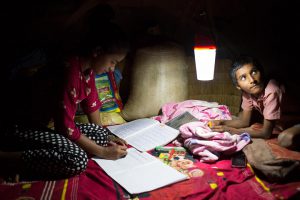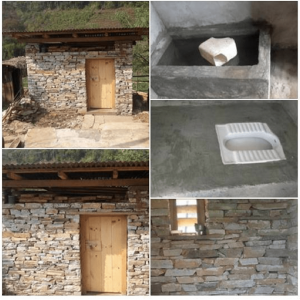The China-Latin America relationship took off in the mid-2000s under the banner of South-South Cooperation. In 2014, President Xi Jinping said that China-Latin America cooperation would be guided by an Inclusive and Sustainable Cooperation Plan. Last week, Ecuador and China agreed to upgrade their relationship to that of a ‘Comprehensive Strategic Partnership‘. But what are the practical implications of this for the financial and energy sectors in Ecuador?
China has been essential as a means for Ecuador to access capital and change its energy matrix and Ecuador has been an important customer for Chinese banks and companies. Since 2009, Ecuador has received US$4.26 billion from the Inter-American Development Bank (IDB), US$3.8 billion from the Development Bank of Latin America [Corporación Andina de Fomento (CAF)], but this pales in comparison to the US$13.706 billion from Chinese banks. Currently, Ecuador has an external debt greater than that of 2008, when President Correa famously defaulted deeming repayment to creditors impossible.
Chinese loans, among others, have resulted in a dramatic increase in electricity projects in Ecuador and, according to President Correa, having one of the cleanest energy matrices in the world. But this statement deserves closer attention.
Firstly, such major hydroelectric projects as Coca Codo Sinclair have enormous environmental impacts, especially those in tropical forests. There is an abundance of scientific evidence supporting this. So much so, in fact, that the United States Exim Bank banned the funding of large dams in 2014. Secondly, a mere 1.2% of Chinese funding for power generation has been directed towards a wind energy project and no funds have gone into solar energy. Finally, it will be impossible to “clean” the domestic (and global) energy matrix if the Ecuadorian government, supported by China, continues to expand the oil frontier into the mega-biodiverse Yasuní National Park, and develops the mammoth Pacific Refinery project, which aims to be the largest refinery on the Pacific coast in Latin America.
The Export-Import Bank of China (Chexim) and China Development Bank have provided US$2.9 billion for six of the ten hydroelectric plants that have been built in the country. However, Chinese companies developing these six projects have received US$4.7 billion for the construction of these dams and other supplementary works. These deals, combined with others for the construction of roads, bridges, hospitals and schools, mean Chinese companies are the main recipients of public works contracts in Ecuador.
Ecuador needs to re-invent its relationship with China. In recent years, China has taken impressive steps towards “greening” its economy to and promoting renewable energy. The latest green policies of the Chinese banking system, including a commitment to close coal production plants and provide state support to establish the largest solar panel factory in the world are just a few examples of China’s capabilities. That is the China Ecuador needs in order to establish a truly meaningful Comprehensive Strategic Partnership.






